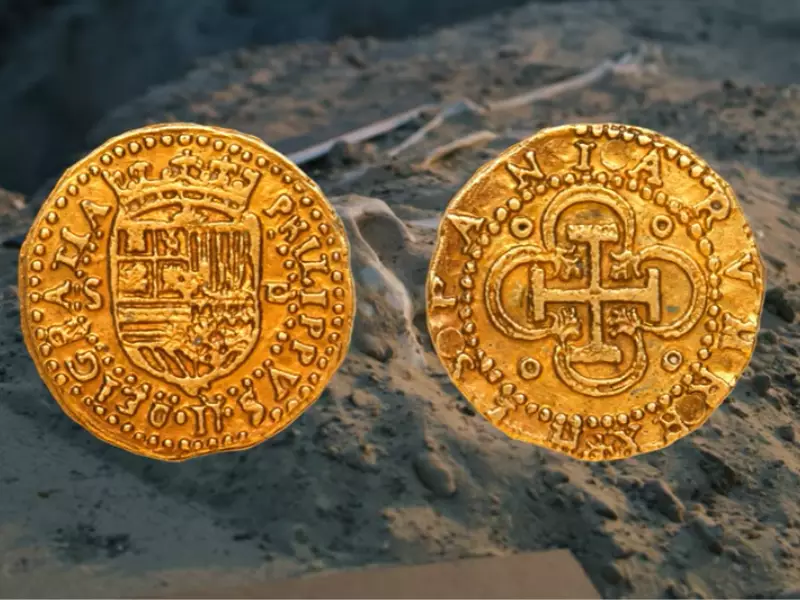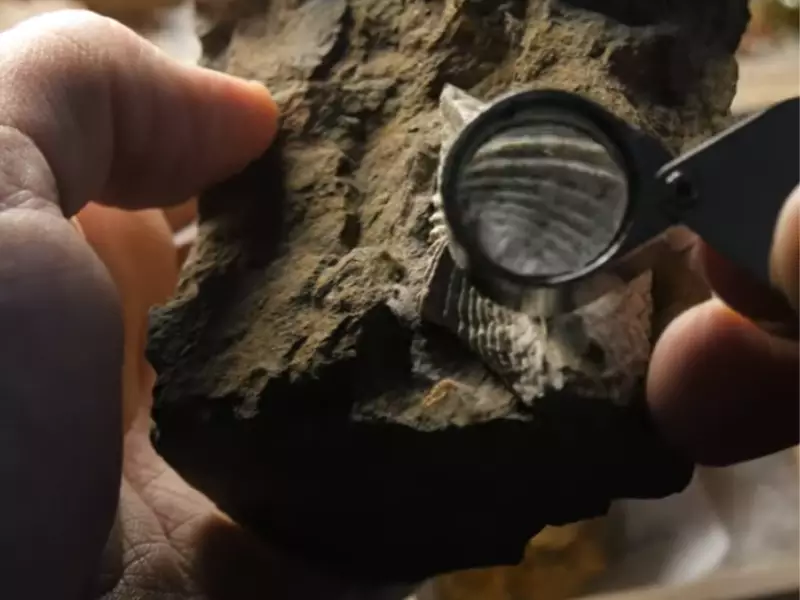The concept of time plays a critical role in various scientific disciplines, notably in the fields of geology, archaeology, and paleontology. Determining the age of objects, artifacts, or geological formations is pivotal for scientists to piece together the history of Earth and human civilization. The methodologies used for this purpose fall into two main categories: relative age and absolute age. Each offers a unique lens through which to view and understand the timeline of our planet and its inhabitants.
The difference between relative and absolute age lies primarily in the approach and precision with which they estimate time. Relative age is determined by comparing the age of one object or layer to another, providing a sequence of events without specifying the exact dates. Absolute age, on the other hand, uses chemical and physical processes to estimate the actual number of years since an object or layer was formed.
Relative age methods employ principles like stratigraphy and fossil correlation to organize geological or archaeological materials in a sequential order. Absolute age, contrastingly, utilizes techniques such as radiometric dating and dendrochronology to assign specific dates. This distinction is crucial for not only understanding the Earth’s geological history but also for reconstructing past climatic conditions and human evolution.

Age Basics
Determining the age of objects, layers, or formations is foundational in fields like geology, paleontology, and archaeology. This process helps to reconstruct the history of Earth and human civilization. There are two primary methods used for this purpose: relative age and absolute age. These methods provide different insights and use various techniques to measure time.
Relative Age
Definition and Principles
Relative age refers to determining the age of a rock, fossil, or feature in comparison to other objects or layers. It doesn’t provide an exact number of years but instead places events in sequence. The key principles guiding relative age determination include stratigraphy and the analysis of sedimentary rock layers.
Use of Stratigraphy
Stratigraphy is the study of rock layers (strata) and their order in the Earth’s crust. This method is pivotal for understanding the sequence of geological or historical events. Through stratigraphy, scientists can identify which layers are older or younger, offering insights into the Earth’s history and the evolution of life.
Absolute Age
Definition and Methods
In contrast, absolute age provides a specific numeric age or date for a rock, fossil, or other objects. This method uses chemical and physical processes to estimate the time since an object or layer was formed. The most common technique used for determining absolute age is radiometric dating, which measures the decay of radioactive isotopes within materials.
Role of Radiometric Dating
Radiometric dating plays a crucial role in establishing the absolute age of geological and archaeological materials. By measuring the decay rate of isotopes within rocks or organic materials, scientists can estimate their age in years. This technique is essential for creating a timeline of Earth’s history and the evolution of life on our planet.
Key Differences
The main differences between relative and absolute age are:
- Methodology: Relative age uses the position and relation of layers or objects, while absolute age uses chemical and physical processes to estimate years.
- Accuracy: Absolute age provides a precise number, whereas relative age can only determine sequence.
- Applications: Both methods are used in geology and archaeology but serve different purposes in understanding Earth’s history.
Relative Age Explained
Principles of Stratigraphy
The principles of stratigraphy are fundamental to determining relative age. These include:
Law of Superposition
The law of superposition states that in an undisturbed sequence of sedimentary rocks, each layer is older than the one above it and younger than the one below it. This principle helps to establish a chronological order of layers.
Law of Original Horizontality
This law posits that layers of sediment are originally deposited horizontally under the action of gravity. It helps in identifying rock layers that have been disturbed post-deposition.
Law of Cross-Cutting Relationships
According to this law, if a geological feature cuts through another, the feature that has been cut is older. This principle is often used in conjunction with others to determine the relative ages of rock layers and structures.
Key Techniques
Fossil Correlation
Fossil correlation involves matching rocks of similar age in different locations based on the fossils they contain. This technique helps in piecing together the history of life on Earth.
Stratigraphic Succession
Stratigraphic succession is the sequence of rock layers in a particular area. By studying these successions, geologists can interpret the geological history of that area.
Absolute Age Detailed
Radiometric Dating
How it Works
Radiometric dating measures the decay of radioactive isotopes within rocks and minerals. The rate of decay is known and constant, allowing scientists to calculate the time since the rock or mineral formed.
Common Methods
- Carbon-14 Dating: Used for dating organic materials up to about 60,000 years old.
- Uranium-Lead Dating: Applied to date zircon crystals in rocks, useful for determining the age of the oldest rocks on Earth.
- Potassium-Argon Dating: Often used to date volcanic materials and very old rocks.
Other Techniques
Dendrochronology
Dendrochronology, or tree-ring dating, uses the pattern of tree-ring growth to determine the age of tree samples. This technique can date events and environmental changes precisely to the year.
Ice Core Sampling
Ice core sampling involves extracting cores from ice sheets to study the layers of ice. Each layer represents a year or season and can contain information about past climates, atmospheric composition, and even volcanic eruptions.

Applications and Examples
In Geology
Rock Formation Dating
Dating rock formations is essential in geology for understanding Earth’s structure and the processes that have shaped it over billions of years. Radiometric dating techniques, such as uranium-lead and potassium-argon dating, allow geologists to determine the age of rock formations accurately. This information helps in the exploration of mineral resources, understanding volcanic activity, and studying plate tectonics.
Earth’s History Reconstruction
The reconstruction of Earth’s history relies heavily on both relative and absolute dating methods. By determining the age of rock layers and the fossils they contain, scientists can reconstruct past environments, climate changes, and the evolution of life. Techniques like stratigraphy and carbon-14 dating are pivotal for creating a timeline of Earth’s geological and biological history.
In Archaeology
Artifact Dating
Determining the age of artifacts is crucial in archaeology for building a chronology of human activity and cultural evolution. Carbon-14 dating is commonly used for organic materials, such as bone or wood, while thermoluminescence and optically stimulated luminescence dating can date ceramic and sediments. These methods provide insights into the timing of human inventions, migrations, and societal changes.
Historical Chronology Establishment
Absolute dating methods have revolutionized the establishment of historical chronologies by providing precise dates for events previously dated using relative methods or historical records. Radiocarbon dating, in particular, has been used to date manuscripts, artworks, and archaeological sites, aligning historical records with an accurate timeline of human history.
Accuracy and Limitations
Factors Affecting Accuracy
Contamination
Contamination of samples can significantly affect the accuracy of both relative and absolute dating methods. For example, the presence of newer material in a sample can lead to an inaccurately young radiocarbon dating result.
Calibration
Calibration of dating techniques, especially in radiometric dating, is crucial for accurate results. This involves adjusting for variations in environmental and atmospheric conditions that affect decay rates and isotope concentrations.
Limitations of Each Method
Uncertainties in Relative Dating
Relative dating can sometimes lead to uncertainties due to the principle of identifying the sequence of events without determining their exact date. Factors such as erosion, non-deposition, and human or natural disturbances can complicate the stratigraphic record, making it difficult to interpret the sequence of layers correctly.
Limitations of Radiometric Dating
Radiometric dating, while precise, is limited by the half-life of the isotopes used, the original composition of the sample, and the conditions under which the sample has been preserved. Some methods, like carbon-14 dating, are only effective up to a certain age limit, beyond which the amount of isotope remaining is too small to measure accurately.
Modern Advances
Technological Improvements
Recent technological advances have significantly improved the accuracy and range of dating methods. Improved mass spectrometers allow for more precise measurements of isotopes, while advancements in sample preparation techniques minimize contamination risks. These improvements have extended the limits of radiometric dating and enhanced the reliability of results.
Integration of Methods for Better Accuracy
Integrating multiple dating methods has become a standard practice for achieving greater accuracy in age determination. For example, combining radiometric dating with luminescence dating techniques can validate and refine age estimates. Similarly, in archaeology, cross-referencing radiocarbon dates with historical records and stratigraphic information provides a more complete and accurate timeline of human activity.
Frequently Asked Questions
What is stratigraphy?
Stratigraphy is the study of rock layers (strata) and their sequence in the Earth’s crust. This method helps scientists determine the relative age of geological formations by examining their order and position. Through stratigraphy, researchers can identify patterns of deposition, continuity, and changes in the environment over time.
How does radiometric dating work?
Radiometric dating measures the decay of radioactive isotopes within minerals and rocks to determine their absolute age. This technique is based on the known rates of decay of these isotopes into stable forms. By calculating the ratio of the original radioactive isotope to its decay products, scientists can estimate the time elapsed since the rock or mineral formed.
Why are both relative and absolute age important?
Both relative and absolute age are essential for constructing a comprehensive understanding of Earth’s history. Relative age allows scientists to establish the sequence of events, while absolute age provides a numeric date to those events. This combination is crucial for studying geological time scales, evolution, and the timing of ecological and climatic changes.
Conclusion
The quest to decipher the age of Earth’s formations and artifacts is a testament to human curiosity and scientific endeavor. The methodologies of determining relative and absolute age serve as the backbone for reconstructing our planet’s history, providing insights into past climates, biological evolution, and the development of human societies. By applying these techniques, scientists can piece together the puzzle of Earth’s extensive and varied history, offering us a clearer view of our origins and the processes that have shaped our world.
Understanding the differences between relative and absolute age is not just an academic exercise; it is a fundamental aspect of appreciating the complex and dynamic nature of the Earth. Through the meticulous work of generations of scientists, we have gained not only knowledge of our past but also a deeper respect for the forces that have crafted the planet we call home.
